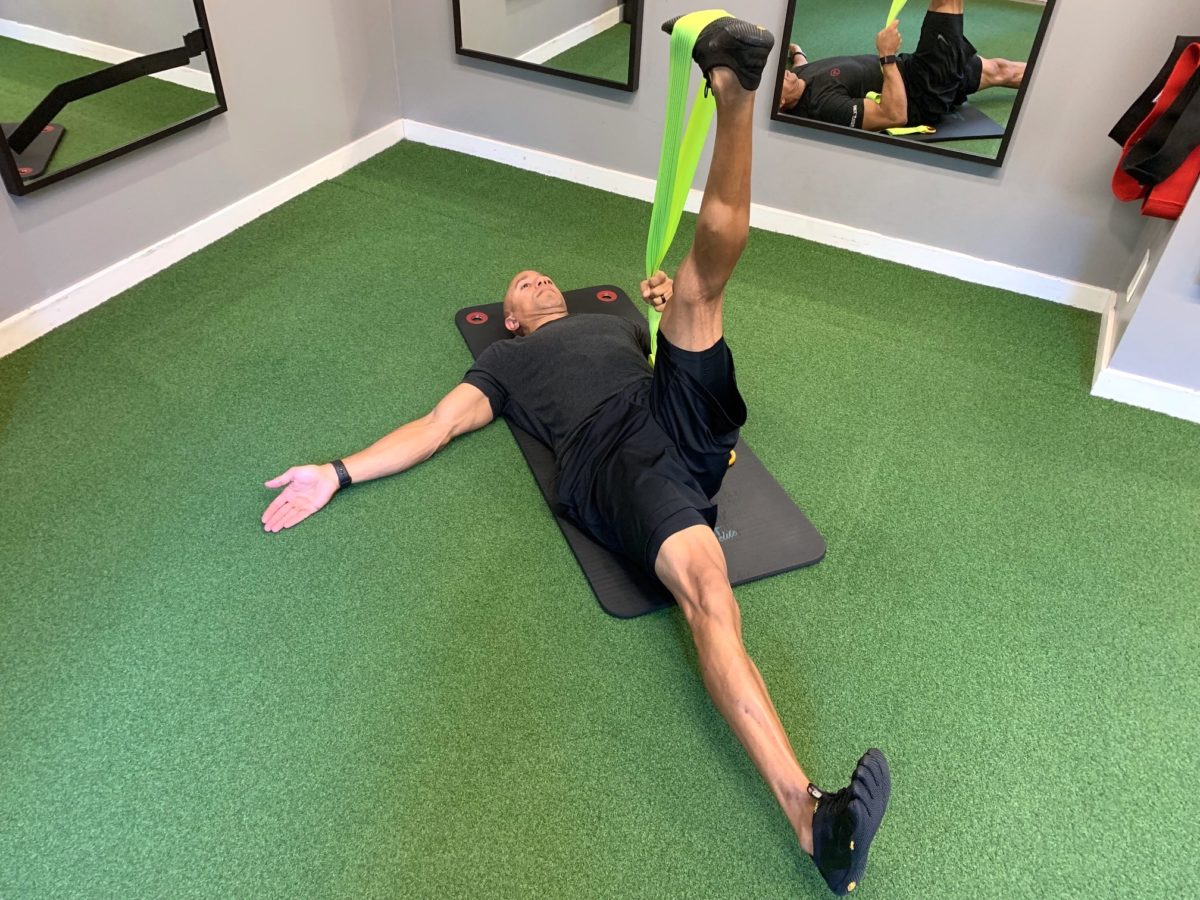A hallmark of any high-level athlete is their capacity to perform with fluidity of motion in their chosen sport.
These athletes exemplify outstanding:
- Strength
- Explosiveness
- Body control (i.e. grace)
- Appearance of effortlessness
It’s what you and I are striving for on our journey to be an Athlete For Life.
To achieve that fluidity of motion you must have synergy between the systems of your body. In particular, between your bones, nerves, muscles, and connective tissue.
If you’re falling short of that, then there is likely a weak link or two in the chain.
The most common weak link is a dysfunctional movement pattern.
One of the causes or consequences of a faulty pattern is compensation. This often leaves opposing muscles with chronic tension in either a shortened or lengthened state.
It’s an ugly game of tug-of-war where nobody wins and everyone loses. Because whether a muscle is starting off too long or too short, it’s at a disadvantage when it comes time to contract, which makes it weaker.
Faulty patterns can also lead to some muscles to have excessive tension. While their counterparts have chronic inhibition – this is when the muscle shuts down and is unable to fire at all.
When this inhibition persists, a condition called sensory motor amnesia can set in. This is when a muscle and its innervating nerves forget how to create a contraction.
Many people experience this in the gluteal muscles (glutes), which is otherwise known as “gluteal amnesia”. If your buttocks have gone missing (yes, this can happen), it’s likely due to atrophy that comes from not using them.
Another common area where this happens is in the muscles that sit between your shoulder blades. The rhomboids and lower trapezius forget how to involve themselves in stabilizing shoulder posture. And you end up with forward-rounded shoulders.
The root of the inhibition of one muscle or a group of muscles leads back to chronic tension on the opposing muscles. And it’s a problem for you as an athlete.
This natural phenomena is call Reciprocal Muscle Inhibition (RMI). Yes, it’s a mouthful.
The good news is that you can use it to your advantage to get back the harmony in your body that’s been missing.
In the next article, I’ll share how you can fix yourself with RMI.
Until then, stay athletic.
Your coach,
Adam

